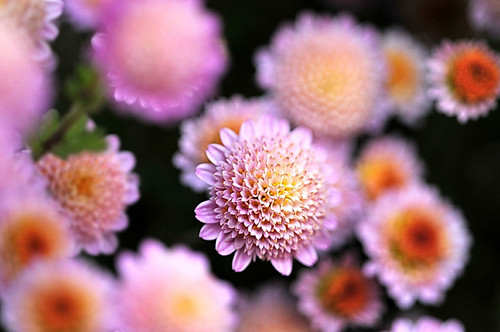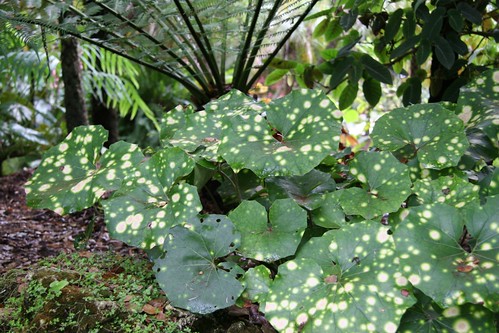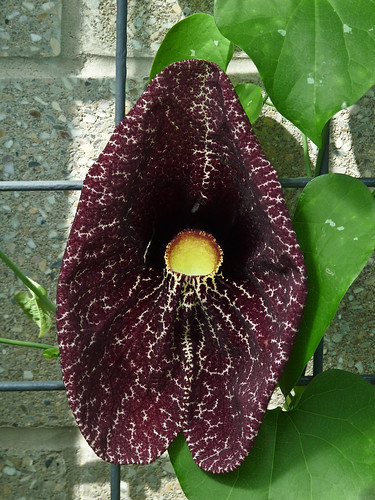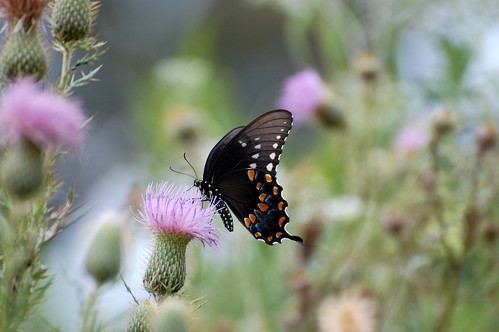Pumpkin Pie by endless beauty
This is the season that I start dreaming of pumpkin pie.
To make my pie from canned pumpkin or to buy a fresh pumpkin, that is my question. I like them both. A friend says that because fresh pumpkins are so expensive and canned pumpkin is so cheap and so good, why go to the bother of making it from a fresh pumpkin. I agree that pumpkins are terribly pricey especially when they are sold by the pound. And you really get so little meat from the pumpkin- I read that a 4 lb sugar pumpkin will only give you about 1 1/2 cups of pumpkin- not even enough for the famous Libby’s pie recipe.
But I think it is fun to use fresh pumpkin at least once. I think it helps the farmer and if people will try various varieties, the farmer will have reason to plant different types. If only canned pie is used, the farmer will only farm for the factory and variety might be lost for the future. So at least once each year, I buy my fresh pumpkin.










